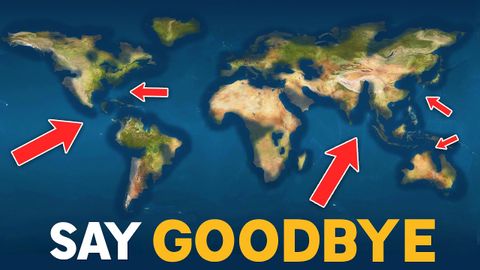【環境問題】1,000年後の海の姿とは?
林宜悉 が 2021 年 08 月 06 日 に投稿  この条件に一致する単語はありません
この条件に一致する単語はありません- v.t./i.突き刺す : 刺し込む;貼る : くっつける;とどまる;突き出す;我慢する
- n. (c.)棒
US /prəˈfaʊnd, pro-/
・
UK /prə'faʊnd/
- adj.考えが深い;深い;大きな影響力を持つ;深遠な
US /ˈækjərɪt/
・
UK /ˈækjərət/
エネルギーを使用
すべての単語を解除
発音・解説・フィルター機能を解除
